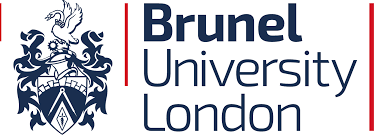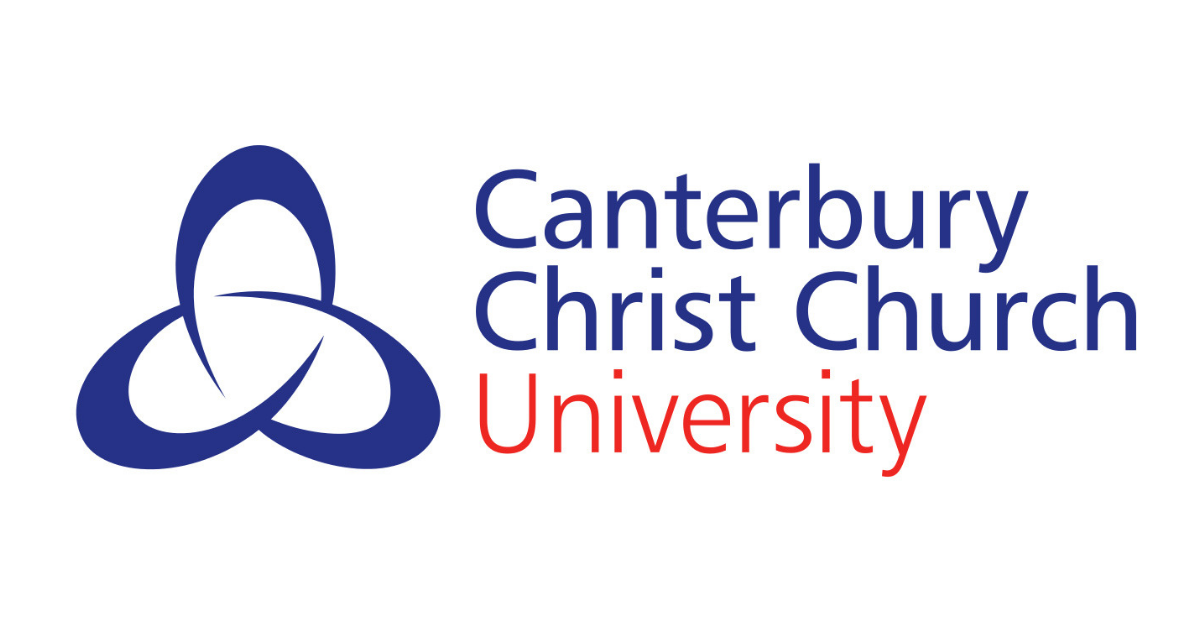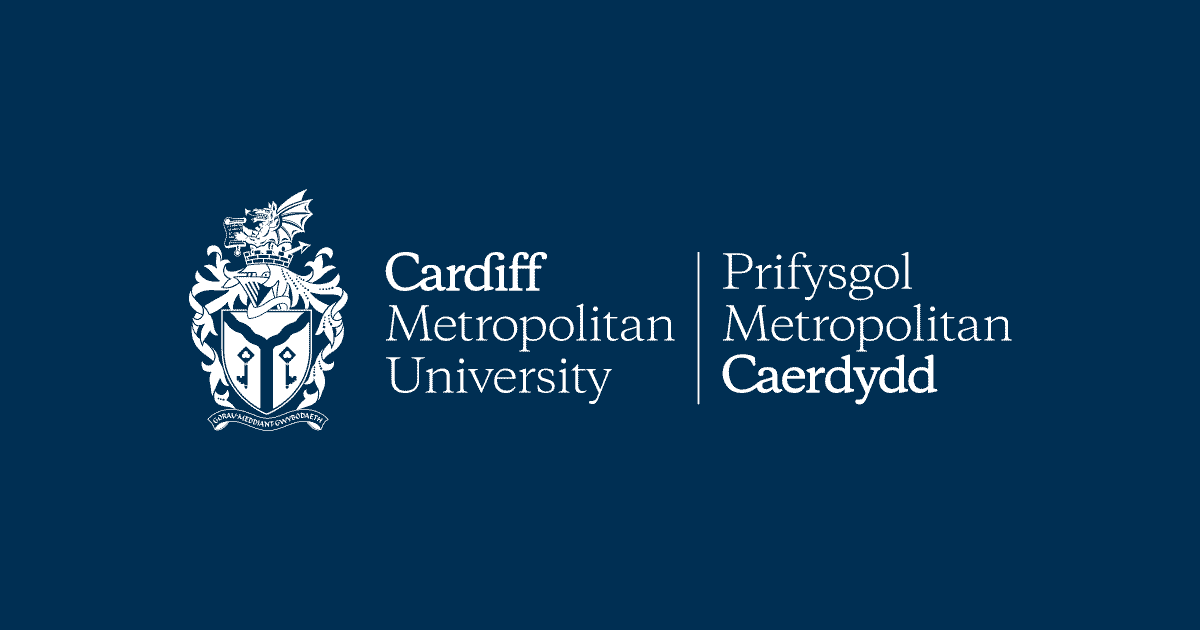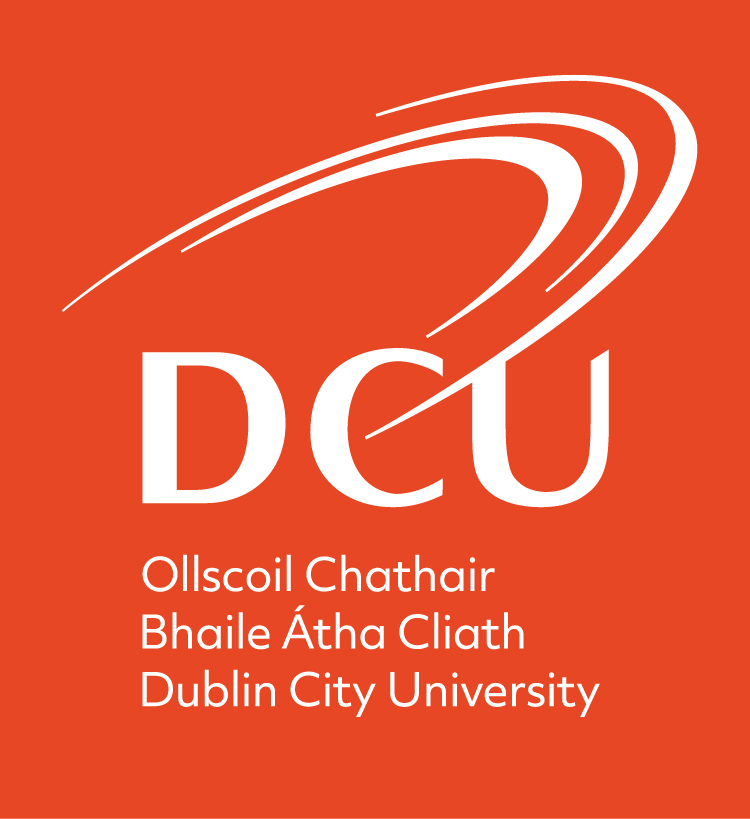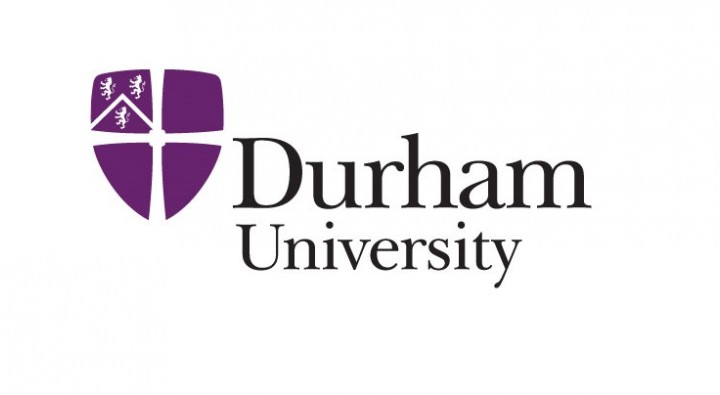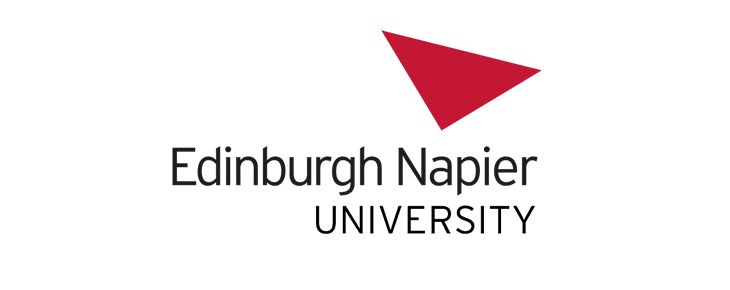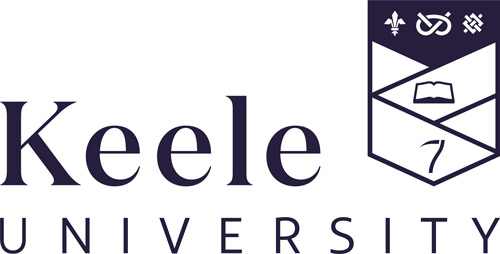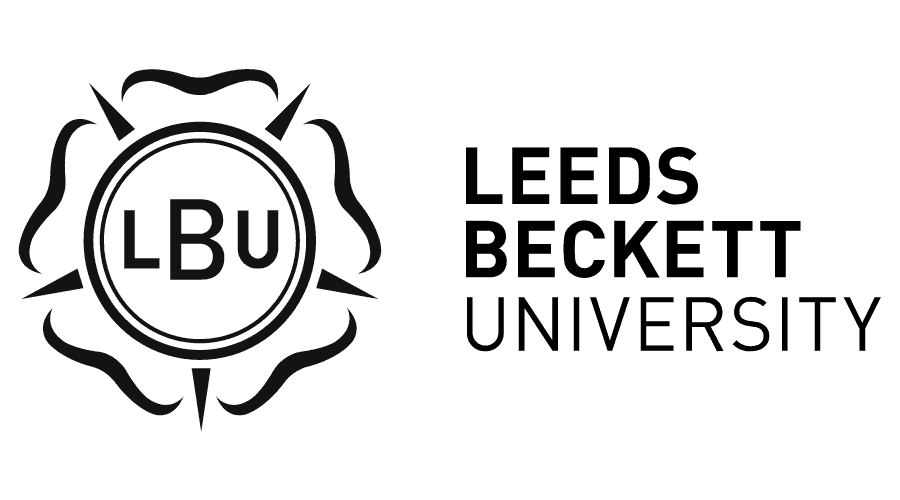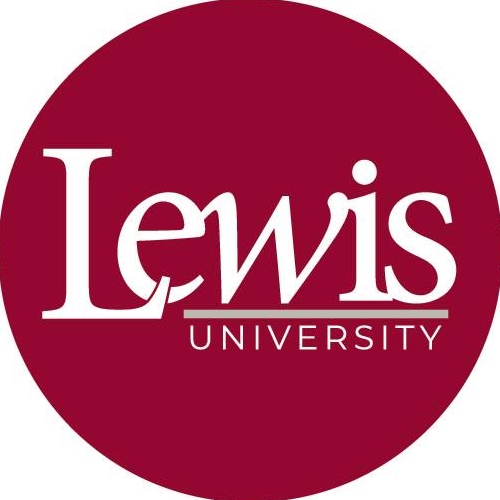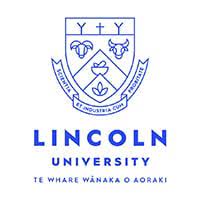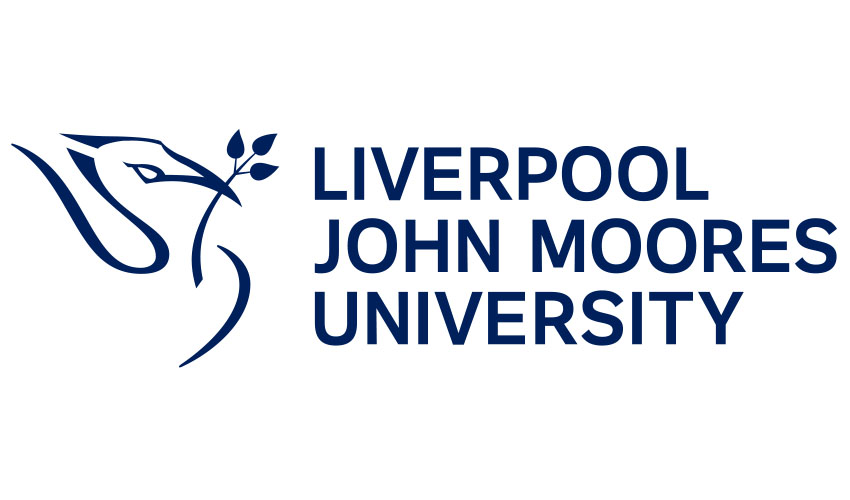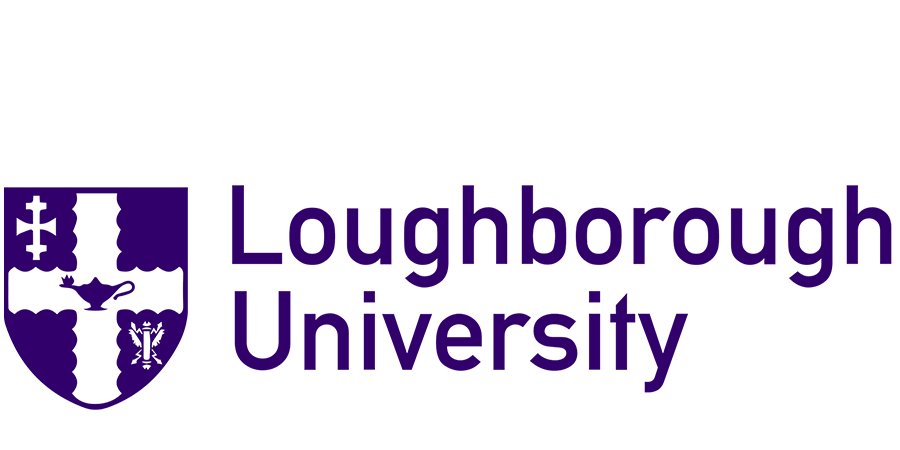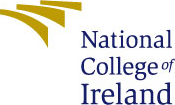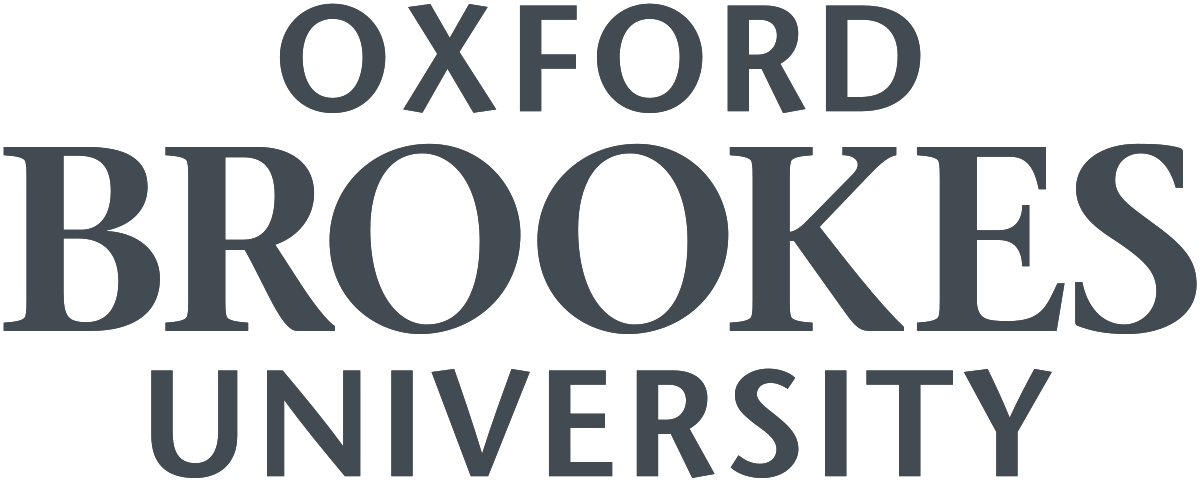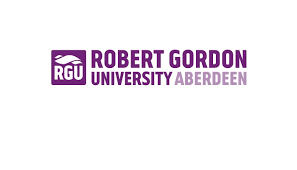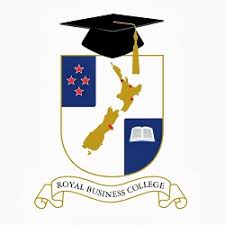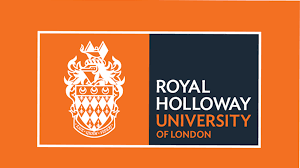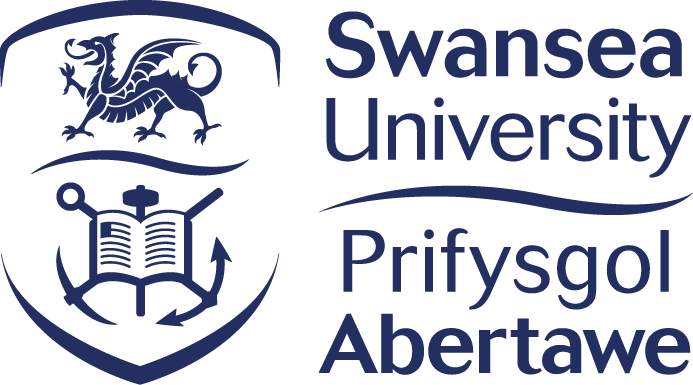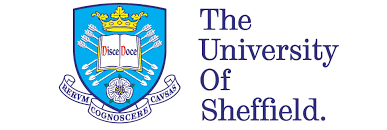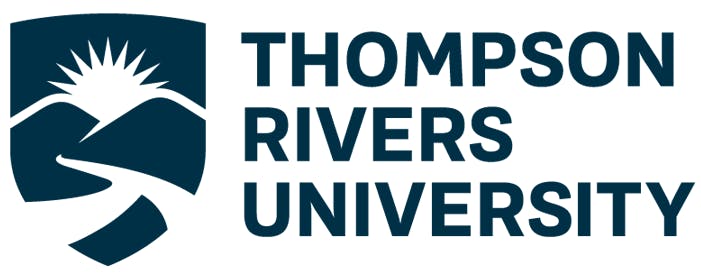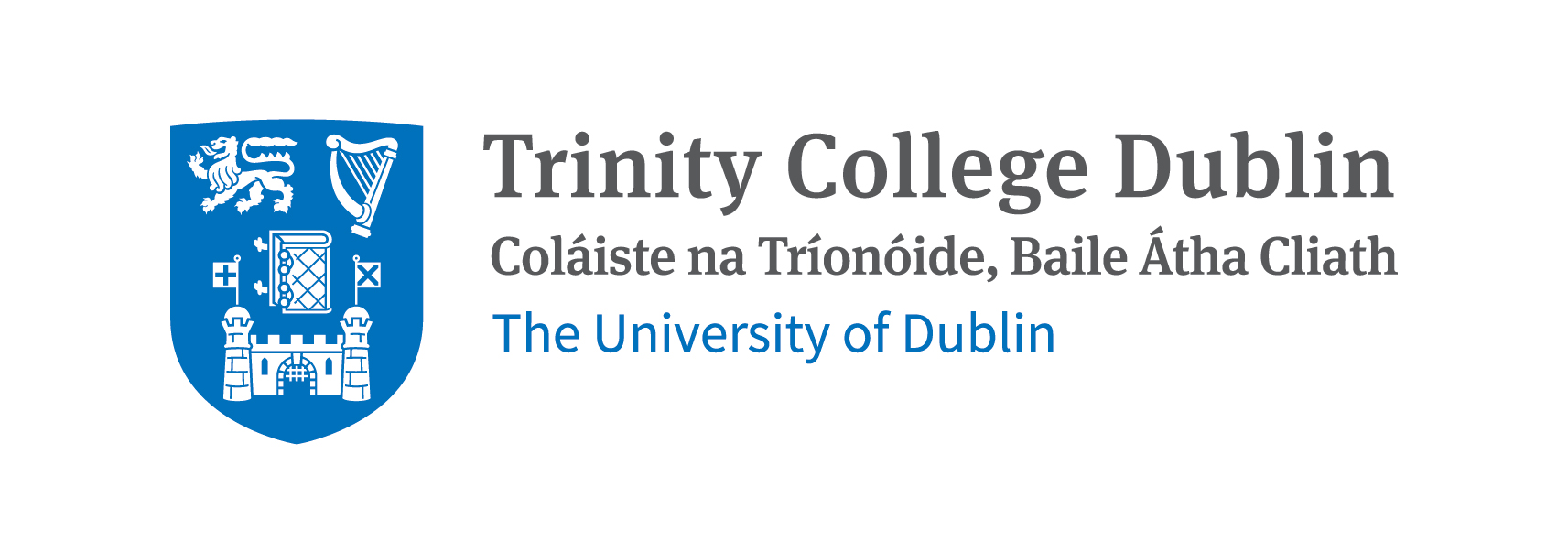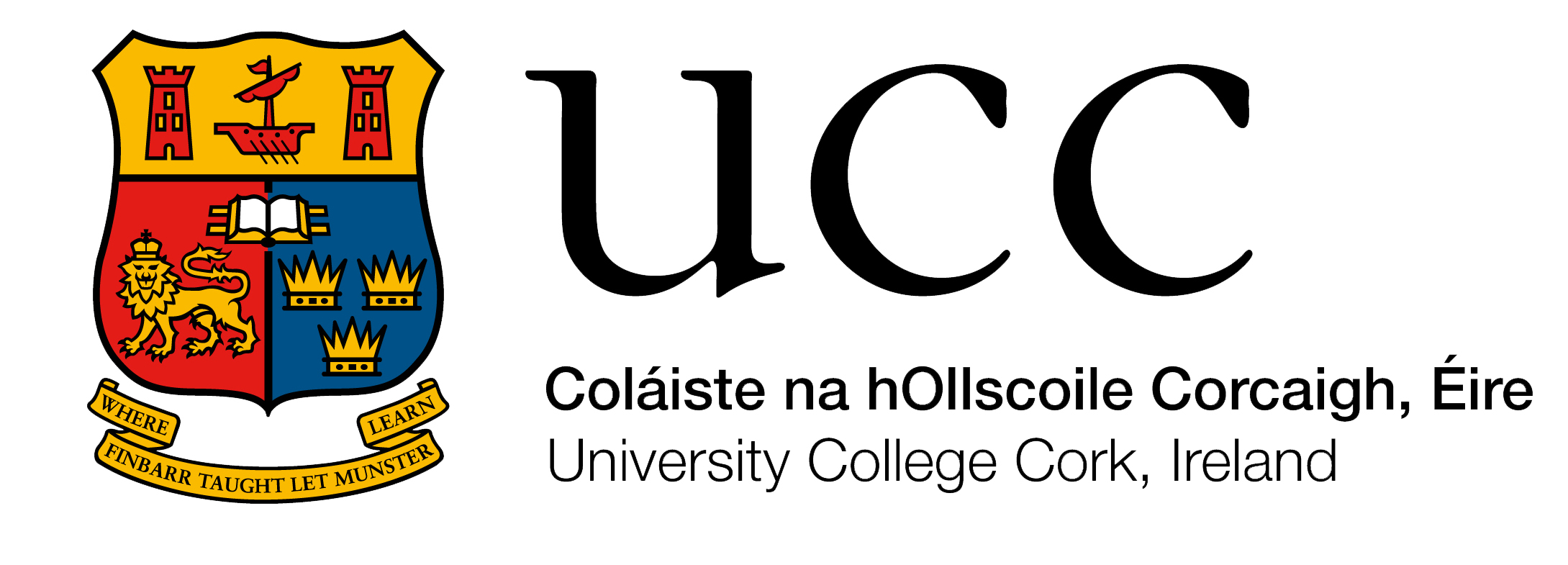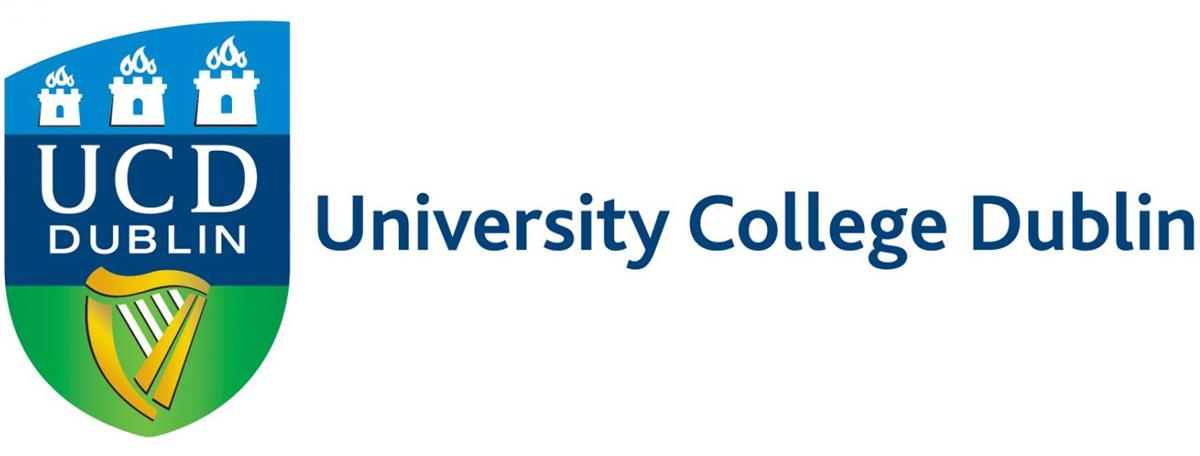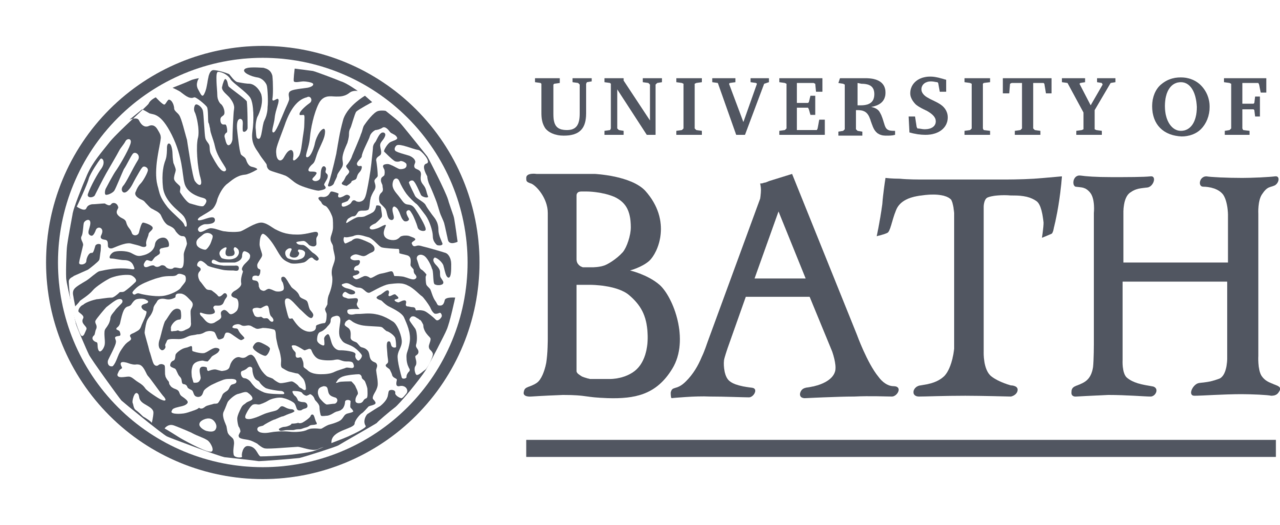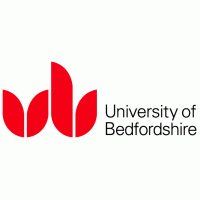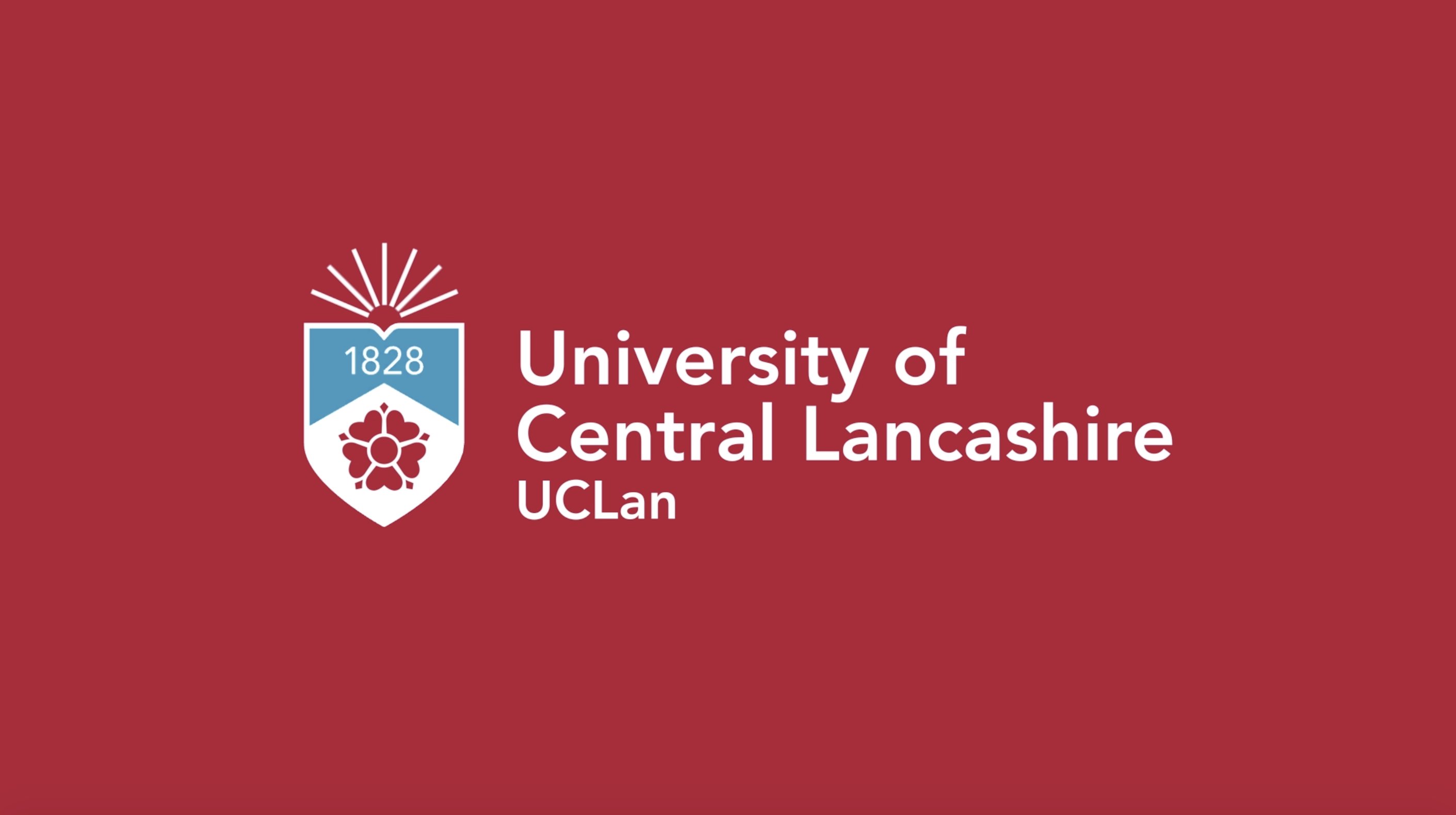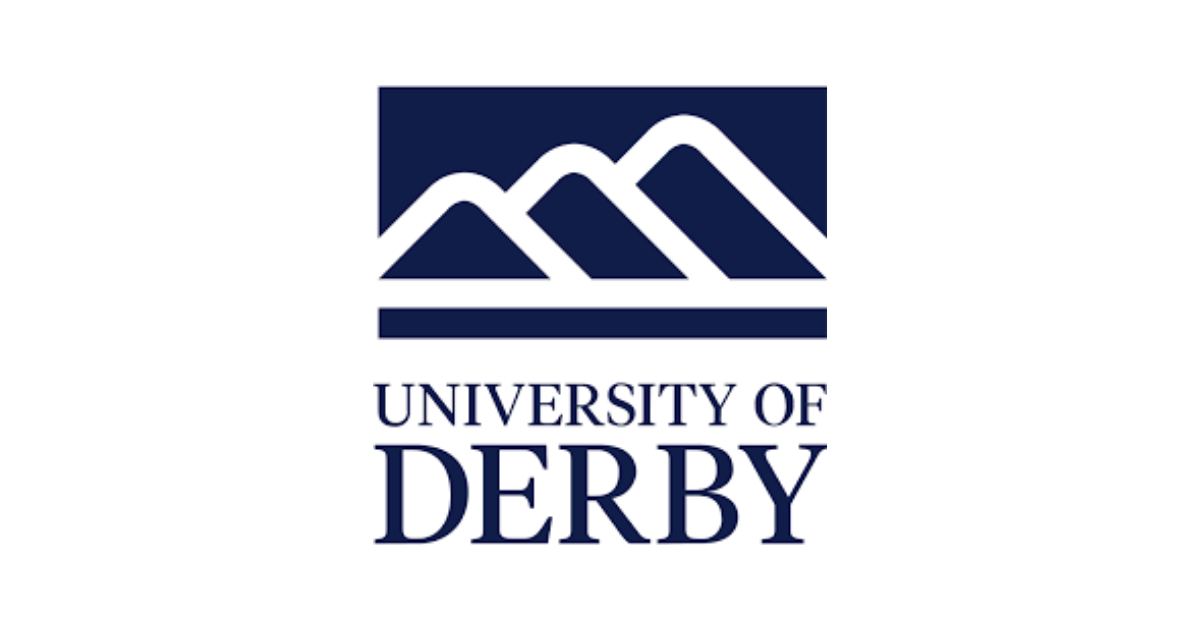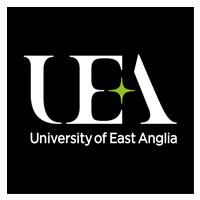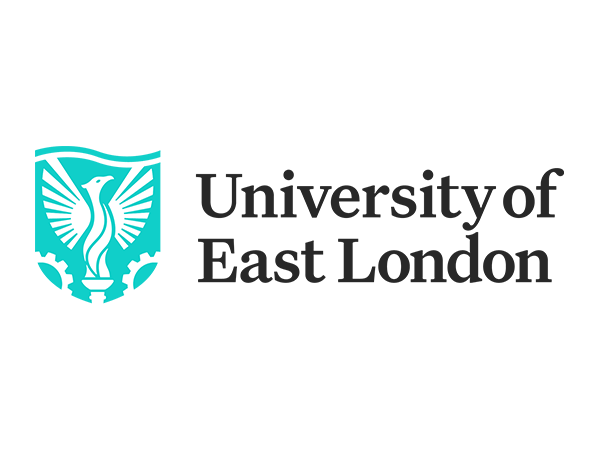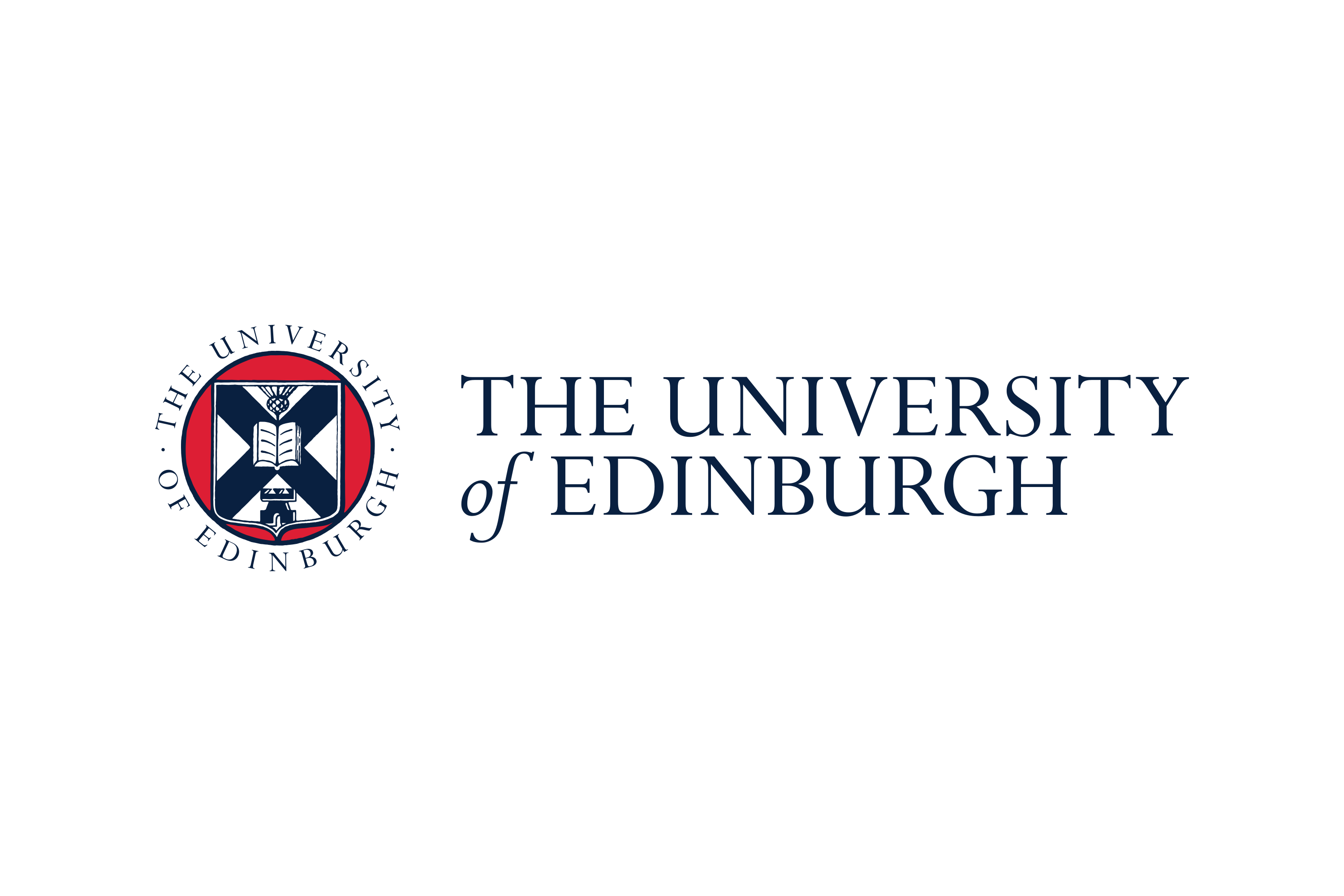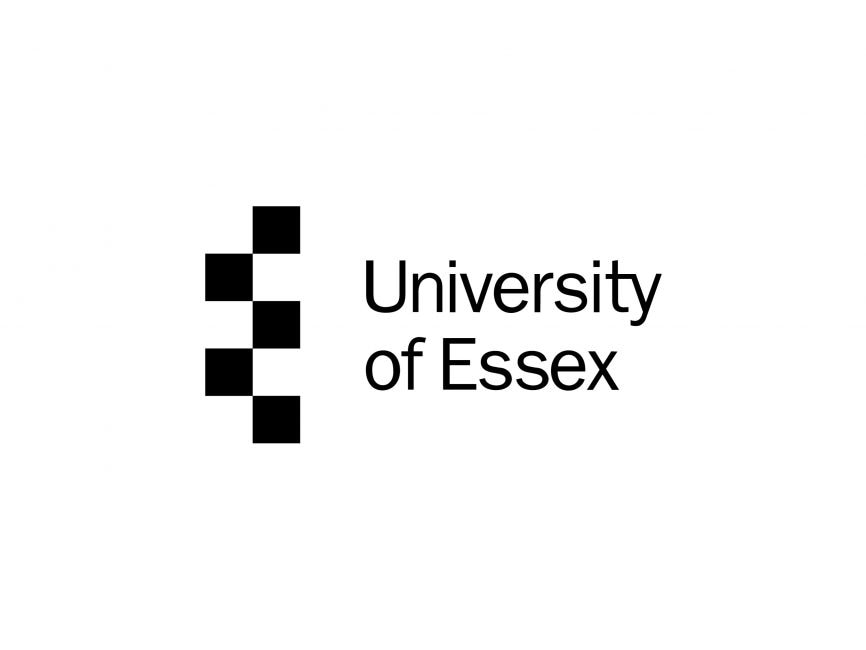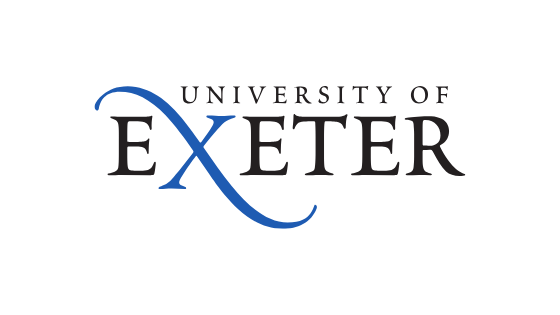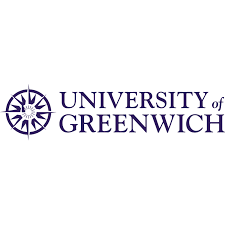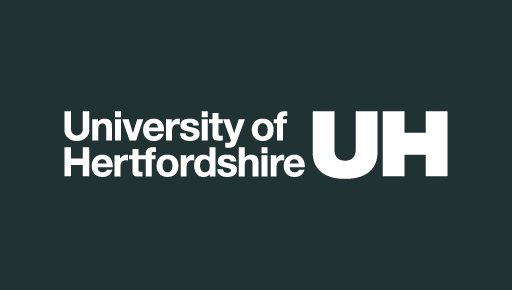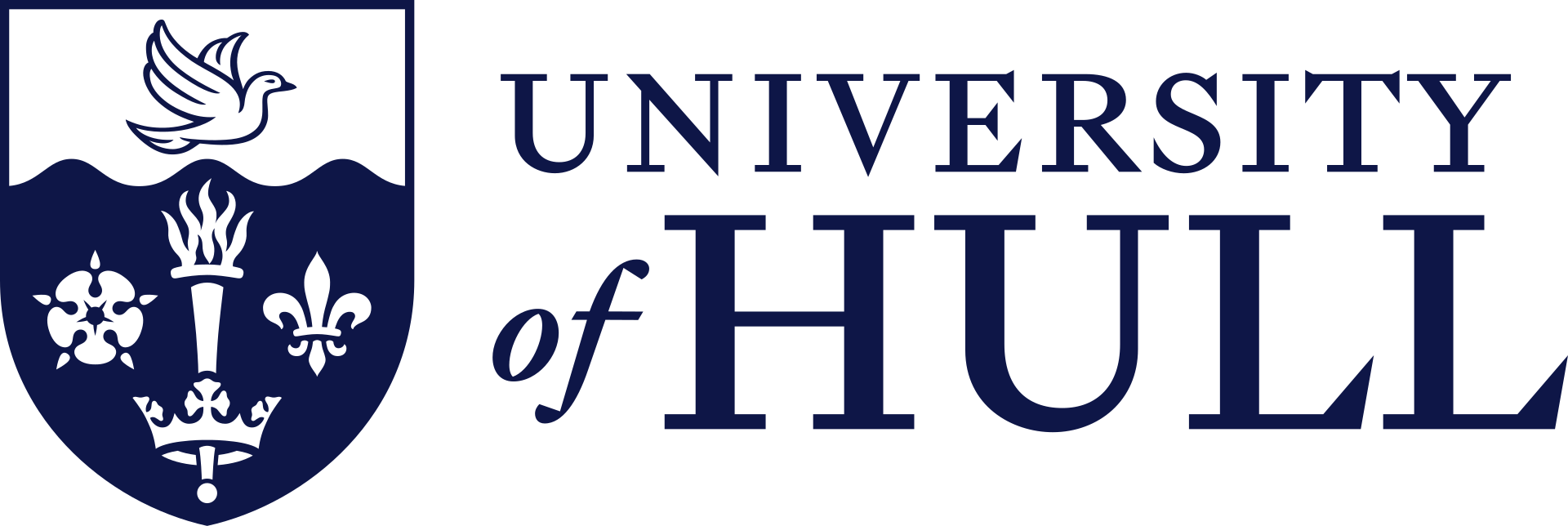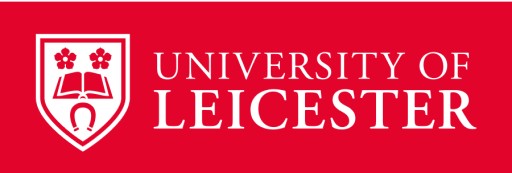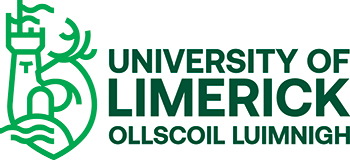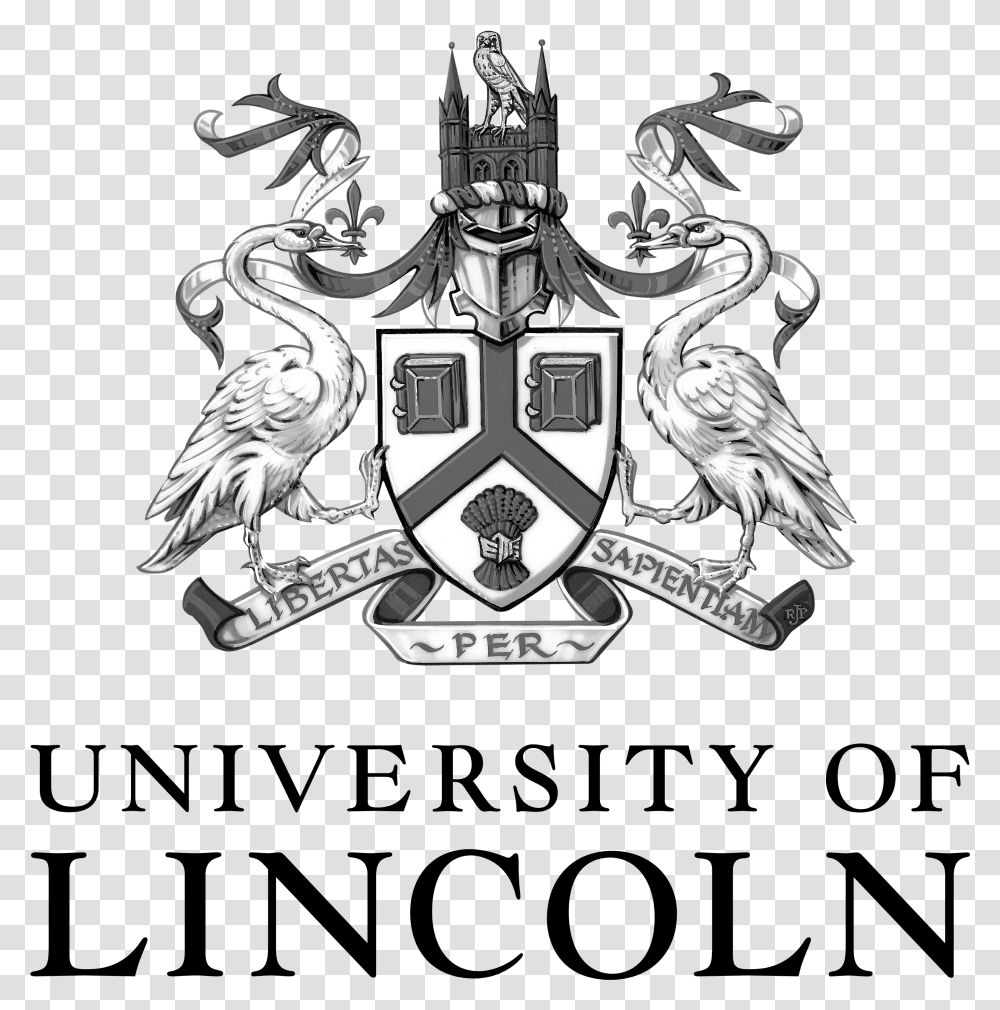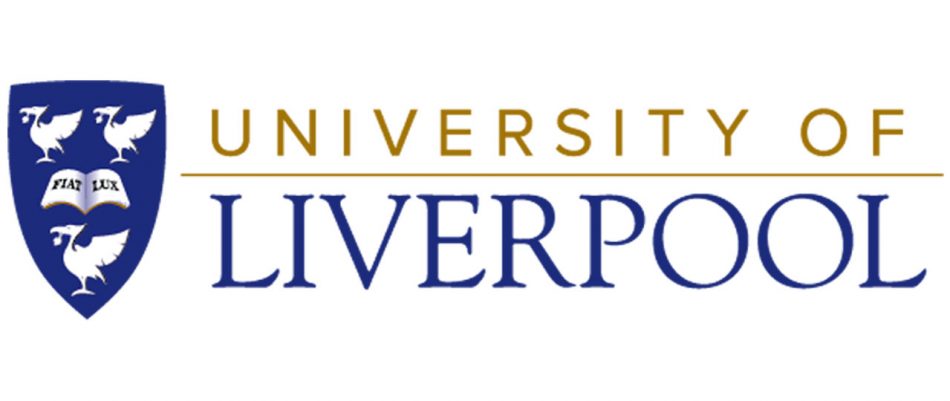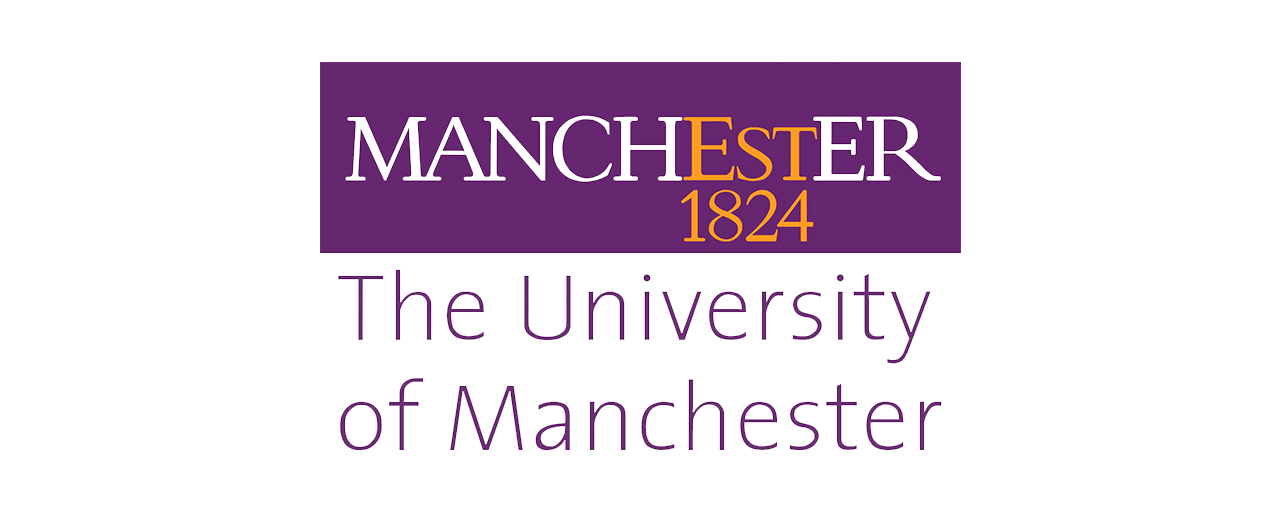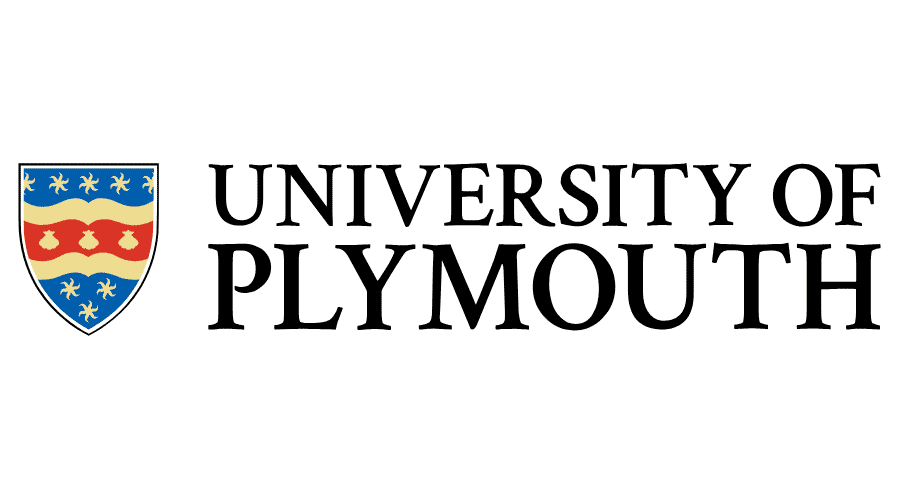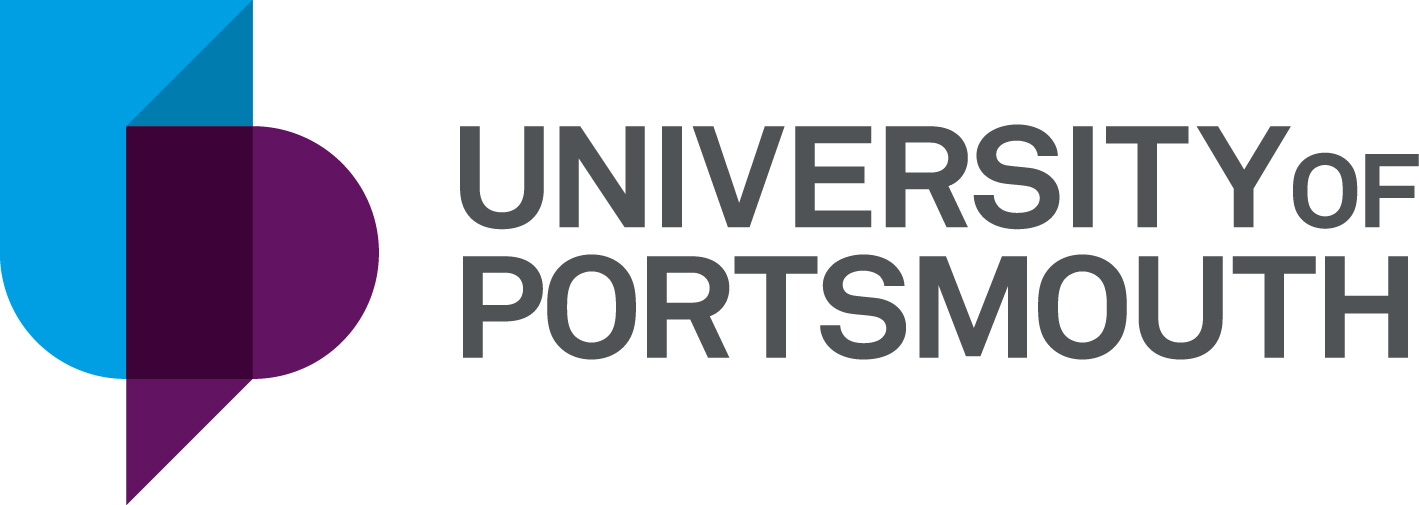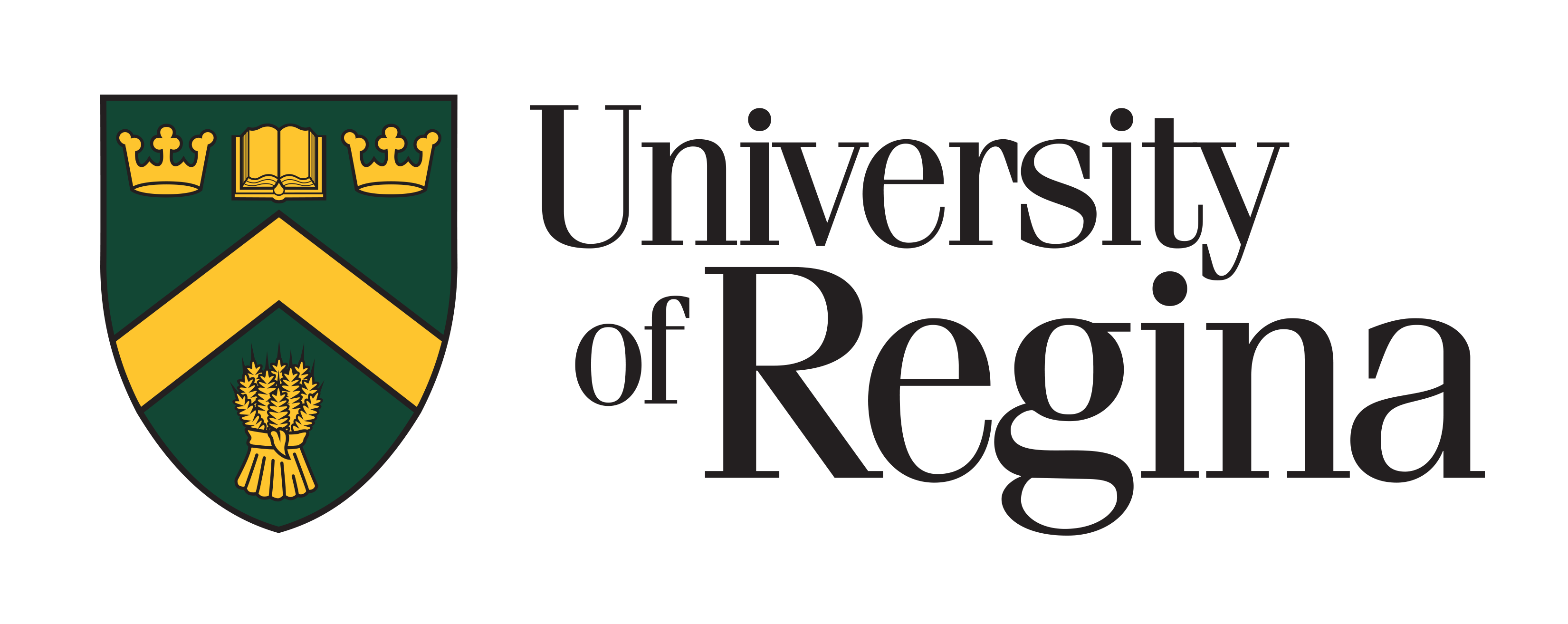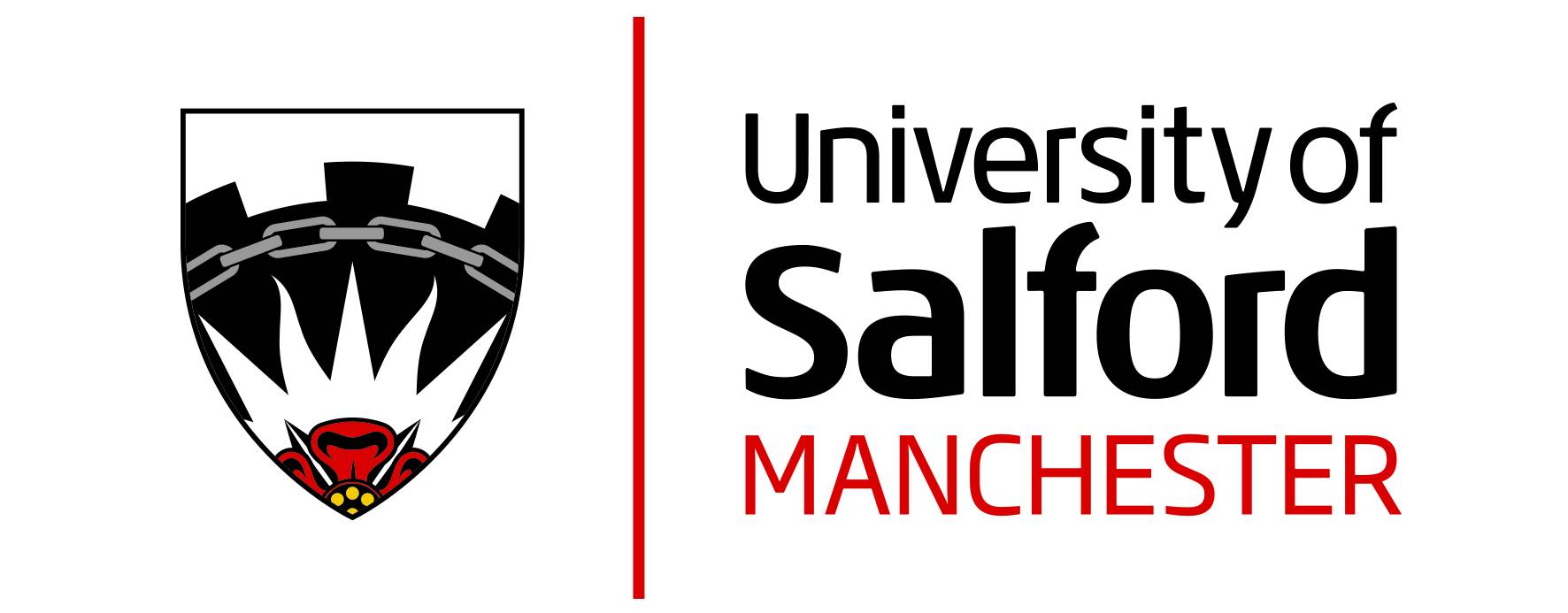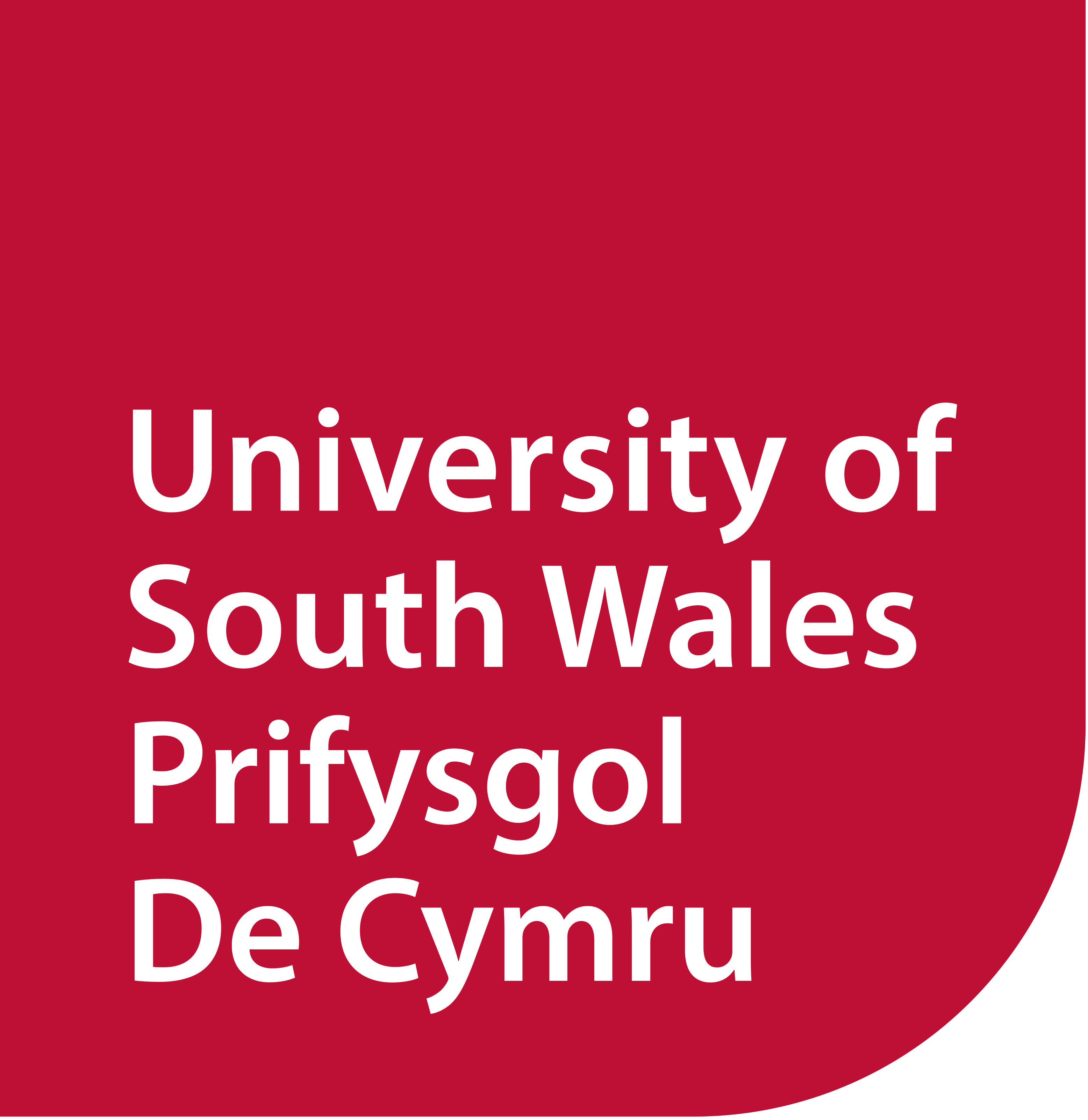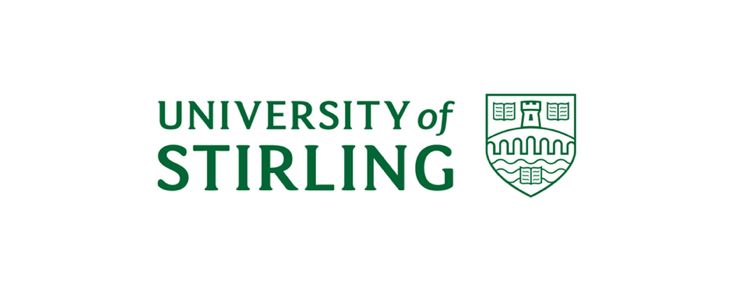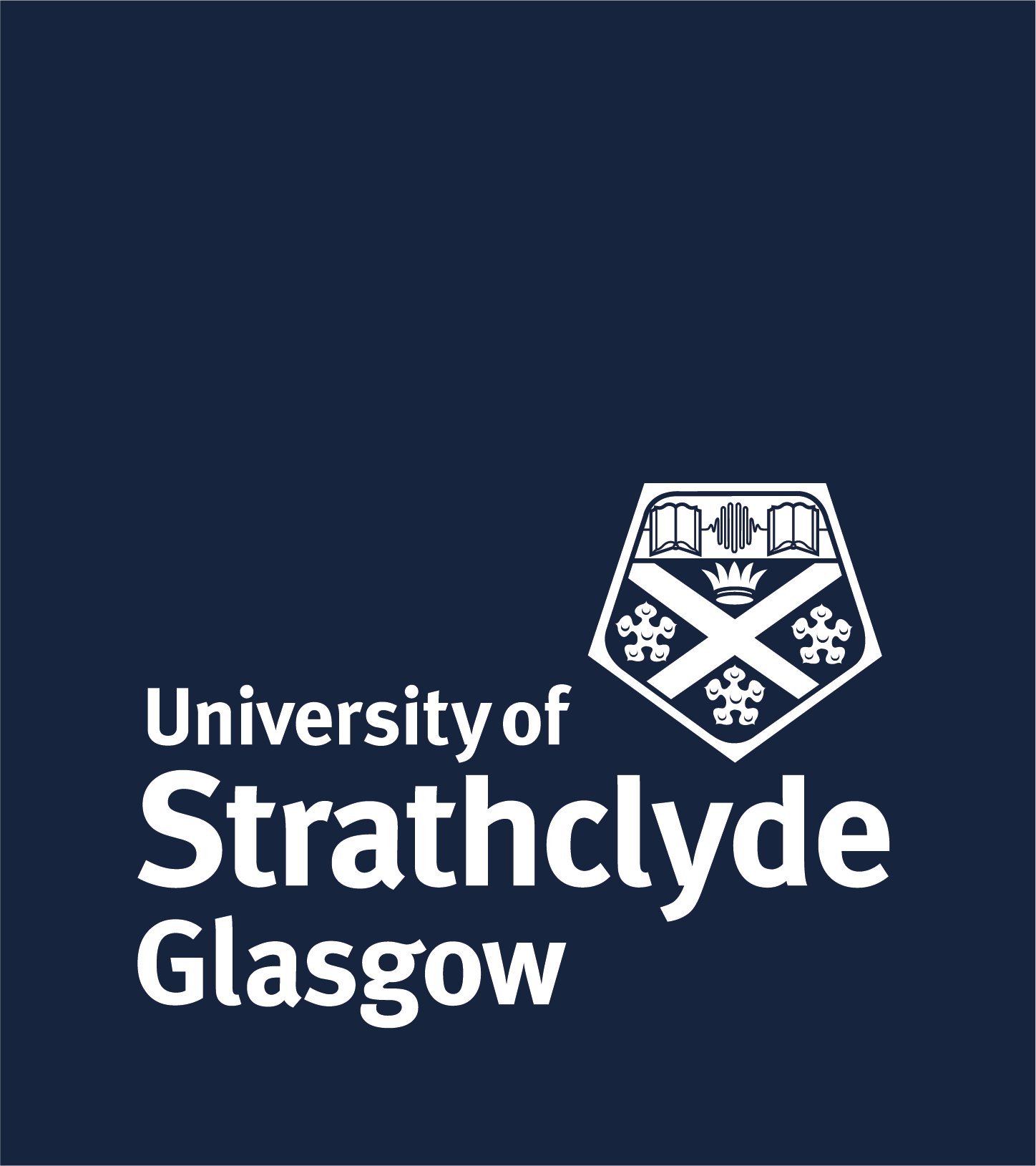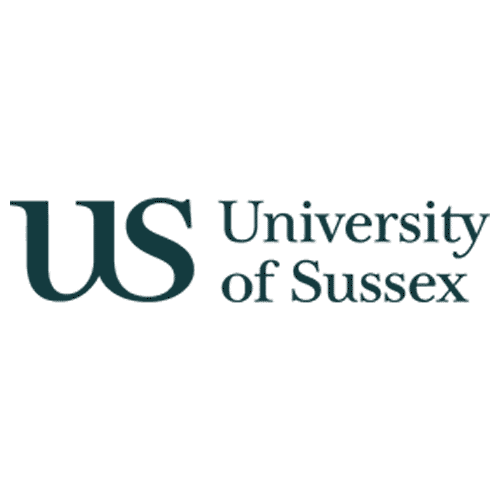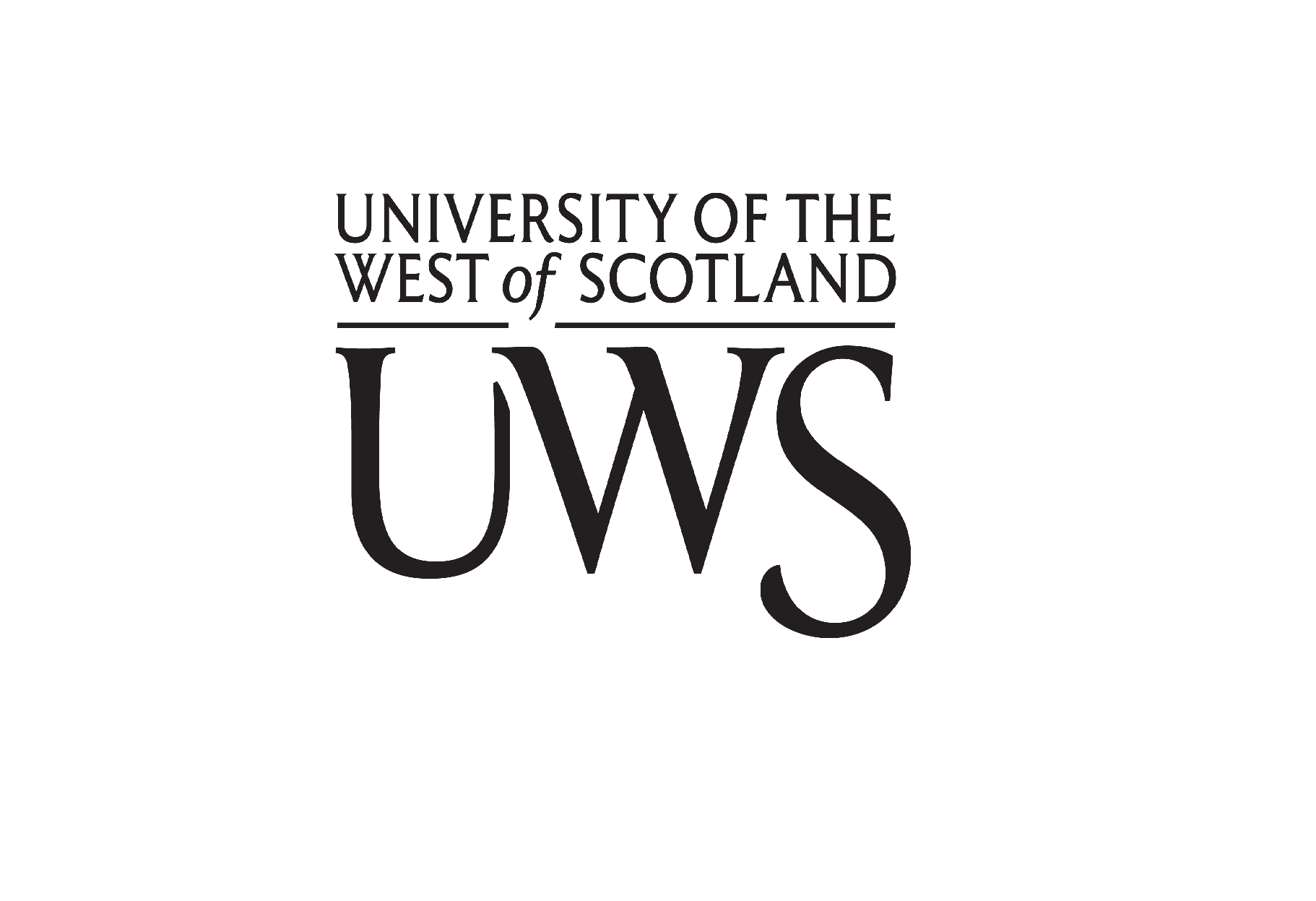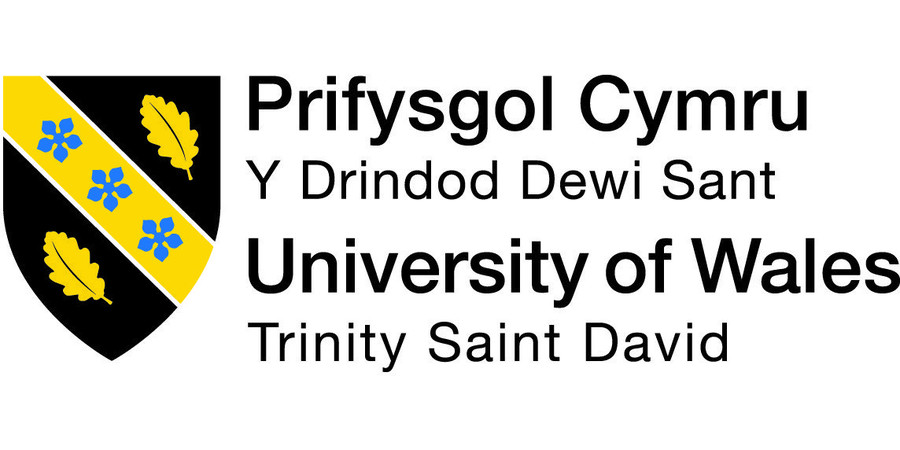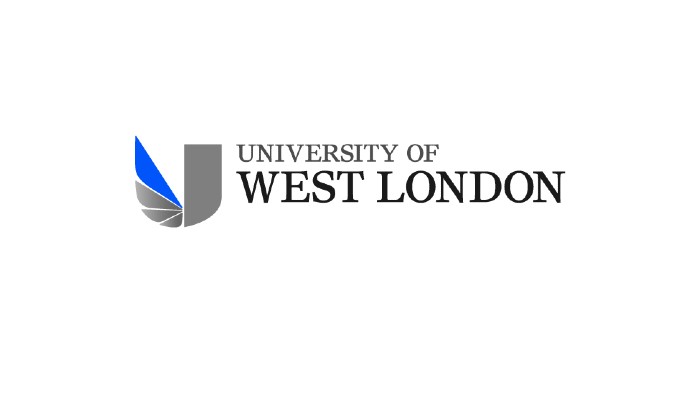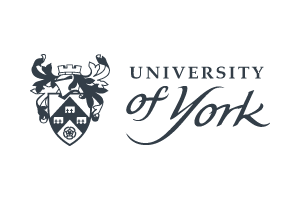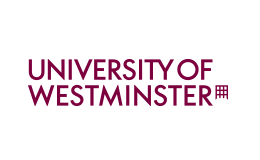Human Resource Management: Your Gateway to Global Careers
Welcome to the world of Human Resource Management (HRM), a dynamic field that shapes the backbone of any successful organization. For Indian students aspiring to study abroad, pursuing an HRM degree offers unparalleled opportunities to blend theoretical knowledge with practical skills in diverse cultural settings. Whether you're fascinated by talent acquisition, employee relations, or strategic workforce planning, this course equips you to manage people effectively in today's globalized economy.
HRM isn't just about administration—it's about fostering growth, resolving conflicts, and driving organizational success. With India's booming economy and multinational companies expanding rapidly, HRM graduates are in high demand both at home and abroad. Studying HRM internationally exposes you to cutting-edge practices, international labor laws, and inclusive diversity strategies that are essential in a multicultural workforce.
Why Choose Human Resource Management Abroad?
Studying HRM abroad provides a competitive edge over domestic programs. Here's why Indian students should consider this path:
- Global Exposure: Learn from diverse case studies, including how companies like Google or Unilever handle HR in different regions. This prepares you for roles in international firms operating in India.
- Advanced Curriculum: Foreign universities emphasize practical training through internships, simulations, and real-world projects, unlike many traditional Indian programs.
- Career Acceleration: An international HRM degree often leads to higher starting salaries—up to 20-30% more than local graduates. In India, HRM professionals earn an average of ₹6-12 lakhs annually, while abroad, it's $50,000-$80,000 USD.
- Networking Opportunities: Connect with global HR leaders through university events, alumni networks, and industry partnerships, opening doors to jobs in MNCs like Tata Consultancy Services or Accenture.
- Cultural Adaptability: As an Indian student, you'll gain insights into cross-cultural management, vital for India's diverse workforce and global collaborations.
Popular destinations for Indian students include the USA, UK, Australia, and Canada, where HRM programs are renowned for their innovation and employability focus.
Top Universities for HRM Programs
Selecting the right university is crucial. Below is a table highlighting some top institutions offering HRM courses, tailored for Indian applicants:
| University | Country | Popular Program | Duration | Tuition (Approx. per Year in INR) | Key Features for Indian Students |
|---|---|---|---|---|---|
| Cornell University | USA | MS in Industrial and Labor Relations | 1-2 years | 45-50 lakhs | Strong focus on labor laws; scholarships up to 50% for internationals |
| University of Manchester | UK | MSc in Human Resource Management and Industrial Relations | 1 year | 20-25 lakhs | CIPD accreditation; post-study work visa up to 2 years |
| University of Sydney | Australia | Master of HRM | 1.5-2 years | 25-30 lakhs | Internships with Aussie firms; high employability in Asia-Pacific |
| York University (Schulich School) | Canada | Master of HRM | 16 months | 20-25 lakhs | Co-op programs; pathways to PR for skilled workers |
These universities often rank in the top 100 globally for business and management (QS World Rankings). Indian students benefit from dedicated support services, including visa guidance and cultural integration programs.
Course Curriculum and Structure
A typical HRM program abroad is designed to build a holistic skill set. Most master's degrees span 1-2 years and include a mix of core modules, electives, and practical components. Here's an overview of what you can expect:
Core Modules
- Strategic HRM: Aligning HR practices with business goals, including talent management and organizational development.
- Employment Law and Ethics: Understanding international labor regulations, discrimination laws, and ethical dilemmas in HR.
- Organizational Behavior: Analyzing employee motivation, leadership styles, and team dynamics.
- Compensation and Benefits: Designing reward systems, payroll structures, and employee welfare programs.
- HR Analytics: Using data tools like HRIS (Human Resource Information Systems) to predict trends and measure performance.
Electives and Specializations
Many programs allow customization. Options include:
- International HRM for global mobility and expatriate management.
- Diversity and Inclusion, addressing gender, caste, and cultural biases—highly relevant for India's diverse society.
- Change Management, focusing on handling mergers, digital transformations, and post-pandemic recovery.
Practical Components
- Internships: 3-6 months with companies like Deloitte or KPMG, often paid and leading to full-time offers.
- Capstone Projects: Real-world simulations, such as developing an HR strategy for an Indian startup expanding abroad.
- Industry Certifications: Opportunities to earn credentials like SHRM-CP (Society for Human Resource Management) or CIPD, boosting your resume.
The curriculum emphasizes soft skills like communication and negotiation, preparing you for leadership roles. For Indian students, courses often include modules on emerging markets, helping you apply learnings back home.
Eligibility and Admission Requirements
Gaining admission requires careful preparation. Indian students typically need:
- Academic Qualifications: A bachelor's degree (any stream, but commerce/business preferred) with at least 50-60% marks. GPA equivalent of 3.0/4.0.
- English Proficiency: IELTS (6.5+ overall), TOEFL (90+), or PTE (58+). Some universities waive this for students from English-medium Indian colleges.
- Entrance Exams: GMAT (550+) or GRE for top US programs; not always mandatory for UK/Australia.
- Work Experience: 1-2 years preferred for master's, especially in HR or related fields.
- Documents: SOP (Statement of Purpose) explaining your interest in HRM, LORs (2-3 from professors/employers), resume, and transcripts.
Application deadlines vary: September intake (fall) by January-March; January intake (spring) by September. Fees range from ₹15,000-50,000 for applications. Start early—Indian students often face visa delays, so apply 6-8 months in advance.
Career Prospects After HRM
An HRM degree abroad catapults your career. Graduates enjoy versatile roles across industries like IT, finance, healthcare, and manufacturing—sectors thriving in India.
Popular Job Roles:
- HR Manager: Overseeing recruitment and training; average salary in India: ₹8-15 lakhs.
- Talent Acquisition Specialist: Sourcing global talent; abroad: $60,000+ USD.
- Employee Relations Consultant: Handling disputes and engagement; high demand in MNCs.
- HR Business Partner: Strategic advising to executives; ideal for returning to India with global expertise.
- Compensation Analyst: Designing pay structures using analytics.
Employability is strong: 90% of graduates secure jobs within 6 months (per university stats). In India, firms like Infosys, Reliance, and HDFC prioritize international HRM alumni. Abroad, post-study work visas (e.g., UK's 2-year Graduate Route) allow you to gain experience before deciding to return.
Long-term, you could pursue an MBA in HR or PhD for academia/consulting. With India's HR market projected to grow 12% annually (NASSCOM), your skills will be invaluable.
Scholarships and Financial Aid for Indian Students
Studying abroad can be affordable with the right funding. Key options include:
- University Scholarships: Merit-based awards like Cornell's Tata Scholarship (up to full tuition for Indians) or Manchester's International Excellence Scholarship (₹5-10 lakhs).
- Government Schemes: India's Fulbright-Nehru for US; UK's Chevening (full funding); Australia's Endeavour Awards.
- Private Funds: Inlaks Shivdasani Foundation (up to ₹10 lakhs); JN Tata Endowment (loans with low interest).
- Part-Time Work: Allowed up to 20 hours/week in most countries, earning ₹800-1500/hour in on-campus jobs.
Total costs: Tuition + living expenses = ₹25-60 lakhs for a 1-2 year program. Budget for health insurance (₹50,000/year) and travel. Many universities offer fee waivers for high-achieving Indian students—check eligibility on their sites.
Application Process: Step-by-Step Guide
- Research and Shortlist: Use platforms like QS or our website to compare programs.
- Prepare Documents: Get transcripts attested by Indian authorities.
- Take Exams: Schedule IELTS/GMAT early.
- Apply Online: Through university portals; pay application fee.
- Interviews: Some require virtual panels—practice HR scenarios.
- Secure Visa: Apply for student visa post-admission; show funds proof (₹10-15 lakhs in bank).
- Pre-Departure: Attend orientation webinars for cultural tips.
Our study abroad counselors can assist with personalized guidance.
Success Stories from Indian Alumni
"Studying HRM at the University of Sydney transformed my career. Back in India, I now lead HR for a tech firm in Bangalore, applying global best practices to our diverse team." – Priya Sharma, Class of 2022
"The program's focus on analytics helped me land a role at KPMG Canada. It's rewarding to bridge Indian talent with international opportunities." – Rajesh Kumar, Schulich Graduate
These stories highlight how HRM abroad empowers Indian students to excel globally while contributing to India's growth.
Ready to Start Your HRM Journey?
Pursuing Human Resource Management abroad is an investment in your future. With India's young workforce needing skilled HR professionals, your international degree will make you a standout. Explore programs, apply today, and step into a world where managing people drives success. Contact us for free consultations and take the first step towards your dream career!








